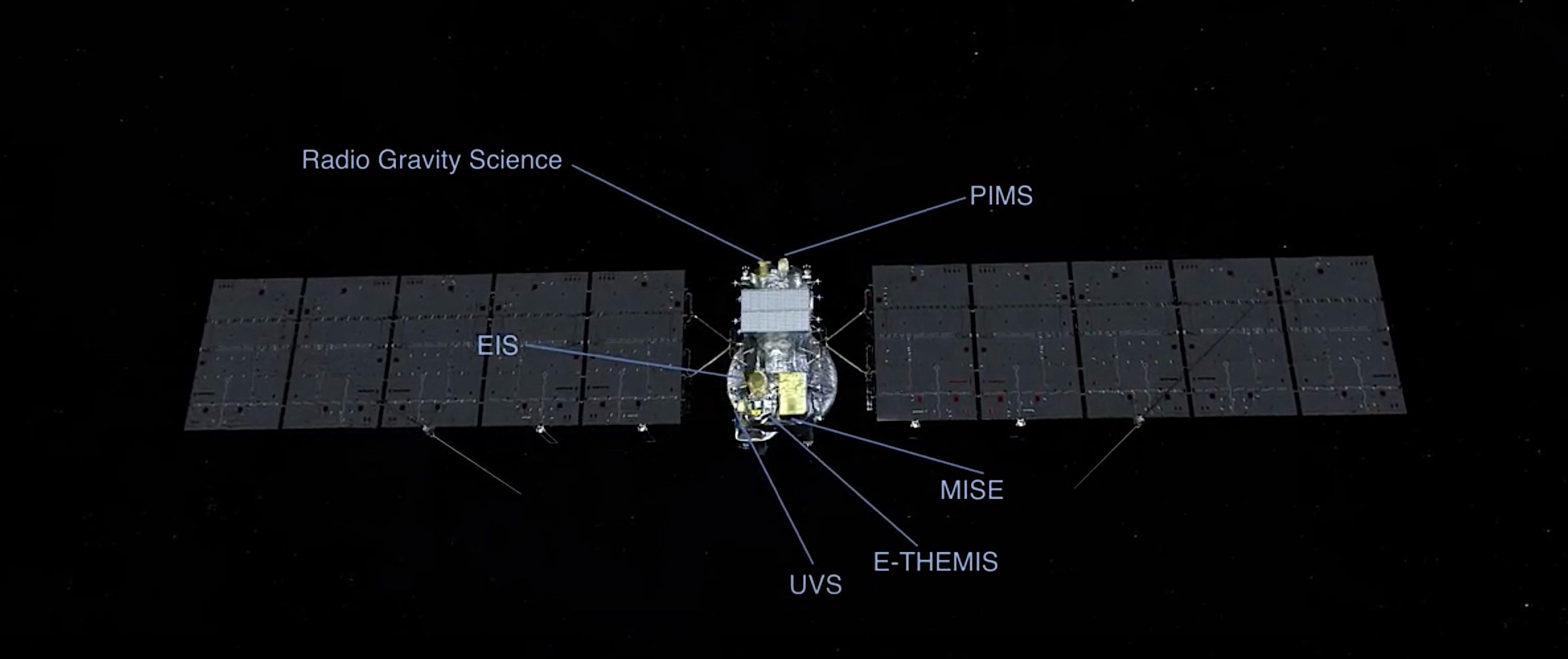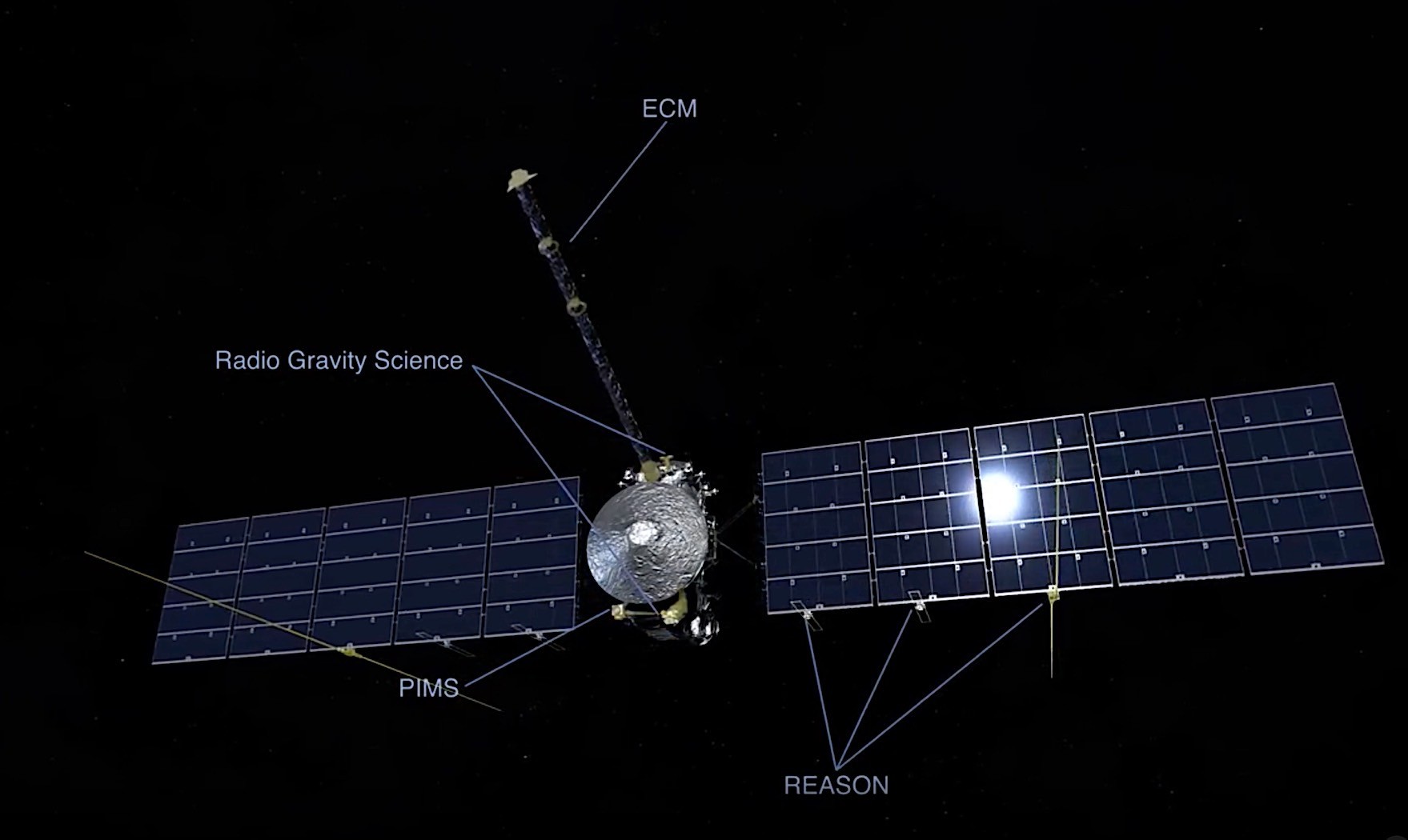The James Webb Space Telescope launched three years ago, has revolutionized our understanding of the universe. Its recent discovery of a galaxy named GS-NDG-9422 has provided crucial insights into the early stages of star evolution.
This galaxy, formed just one billion years after the Big Bang, exhibits an unusual light signature due to its extremely hot and massive stars. These stars burn at temperatures twice that of normal stars, reaching a staggering 140,000 degrees Fahrenheit.

The discovery of GS-NDG-9422 challenges our understanding of star formation and evolution in the early universe. Previously, it was believed that stars formed gradually over time, with their temperatures increasing gradually. However, the existence of such extremely hot stars in a relatively young galaxy suggests that star formation processes may have been more rapid and intense in the early universe.
Furthermore, the discovery of GS-NDG-9422 has implications for our understanding of the evolution of galaxies and the universe. This galaxy may represent a unique stage in galactic evolution, providing valuable insights into the processes that shaped the universe as we know it today. As the James Webb Space Telescope continues to explore the cosmos, we can expect to uncover even more surprising and groundbreaking discoveries that will further advance our understanding of the universe’s origins and evolution.
Recent research published in the Monthly Notices of the Royal Astronomical Society has uncovered a groundbreaking discovery: a galaxy where nebular gas outshines stars. This phenomenon is a rarity in the modern universe, but it was more common in the early universe when conditions were vastly different. The team behind the study believes that this galaxy, caught in a brief phase of intense star formation, offers a valuable look into the evolution of galaxies.

The galaxy, located in the early universe, is a unique example of a time when nebular gas dominated the cosmic world. This is a stark contrast to the modern universe, where stars are typically the most luminous objects.
The researchers believe that the galaxy’s unusual brightness is due to a combination of factors, including the intense star formation within it and the dense cloud of gas surrounding it.
By studying this galaxy, scientists can gain insights into the processes that shaped the early universe and the formation of the first galaxies. The researchers hope to identify other galaxies with similar characteristics and to use them to piece together a more complete picture of galactic evolution.

